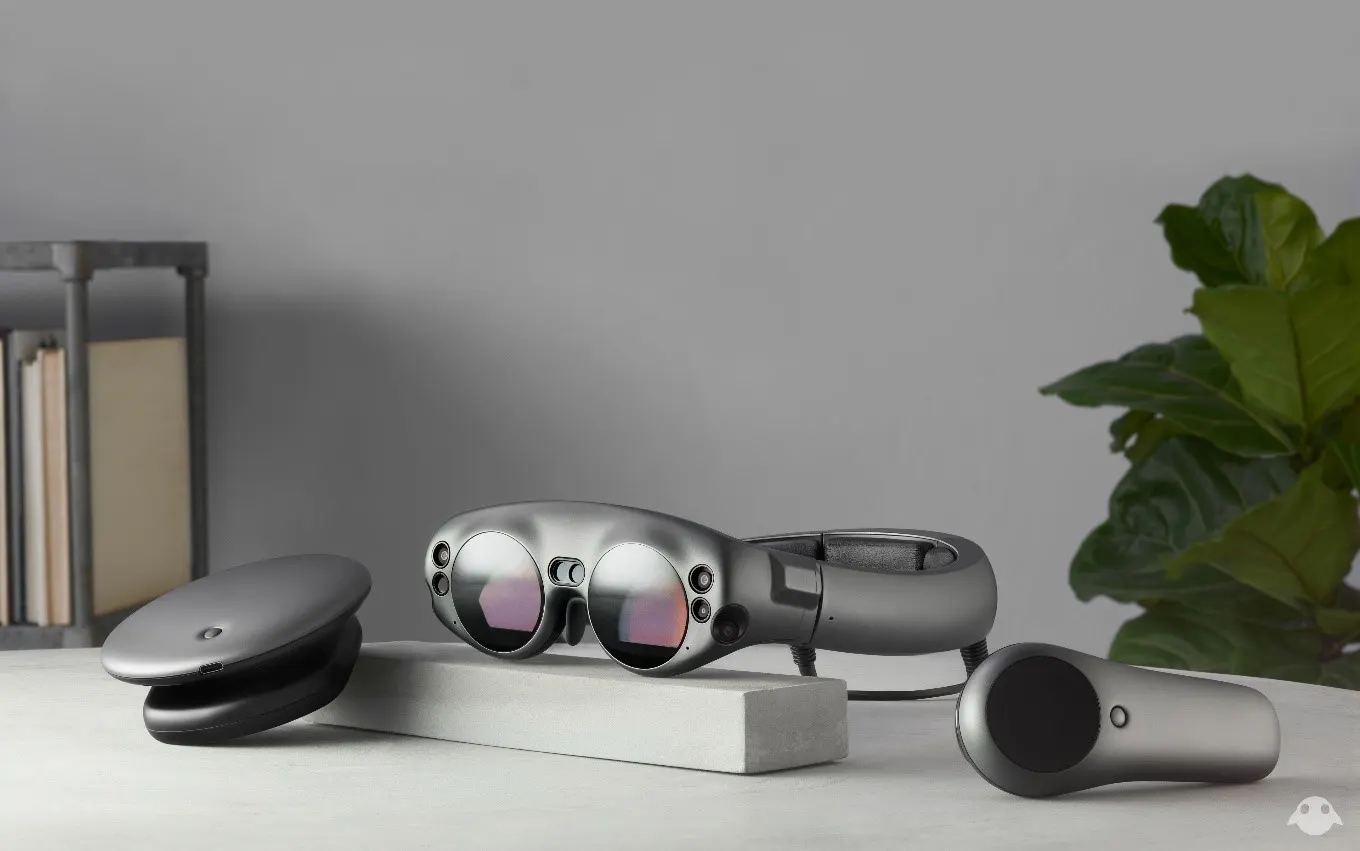
Magic Leap - the tech startup that raised $2.3bn from the likes of Google and Qualcomm with little more than demo videos. Sceptics have labeled them the next Theranos but investors and disciples counter saying they are developing the next generation of computing that will revolutionise our world - Augmented Reality.
Based on the resource and money being thrown at it, Augmented Reality (AR) appears to be the real deal. It’s far beyond the short-lived Google Glass (that in essence floated notifications a few feet in front of your eyes). Instead true AR has awareness and recognition of your surroundings, overlays information on reality and allows you to interact with things within your environment. It could be placing a ‘virtual TV’ on any wall, or playing online poker on your coffee table, or immediately recognising someone when they walk into a room and showing their LinkedIn or Instagram profile. Or in a work environment converting a conference table into a collaborative display or bringing meeting attendees into the room through holograms. It turns the entire world around us into an infinite interactive screen.
The Hololens came out 2 years’ ago, but the Magic Leap represents the next generation in AR. It’s graphically far superior, has an increased field of view, more powerful spatial computing and tracking of surfaces meaning applications feel like they are meshed with the room. It’s lighter, more comfortable, has a better battery, and blends controller and hand movements to make it easier to use. While it was released with only a few demos to show off capabilities, it’s a noticeable progression from the Hololens, and far and away the most impressive AR device available today.

However, this is by no means a consumer product of tomorrow or the next few years. Sensors, chips, batteries and more all need to improve to allow the AR headsets to shrink, field of view to improve, and production to scale and costs to fall. But alongside hardware improvements and scaling, killer use-cases will need to be thought up and accompanying software developed. Will AR shrink enough to fit into glasses, or even contact lenses that you never take off… Or will it remain as something you only use for certain tasks akin to laptops or tablets now… Predictions fluctuate either way, but there is certainly a desire to see the former come true and AR become what the smartphone is today.
But why is a futuristic device that won’t be consumer ready for years relevant for a gambling company? You can read reviews and comment pieces, but the only way to truly understand new tech is to try them firsthand. If augmented reality is to become the next generation of computing, then we feel it’s fundamental that we appreciate its capabilities and build an understanding of when will be moment to truly invest time and resource, and conversely when is it still the realm of hype. This isn’t just for our product or tech teams to understand; we want to give every employee the opportunity to try these technologies and build their own opinions of where the world may be heading. That’s why, alongside a suit of VR and AR devices, we have a Magic Leap in our London office; helping us build a forward-thinking company and innovative culture where we are all aware of how the world is changing around us.


